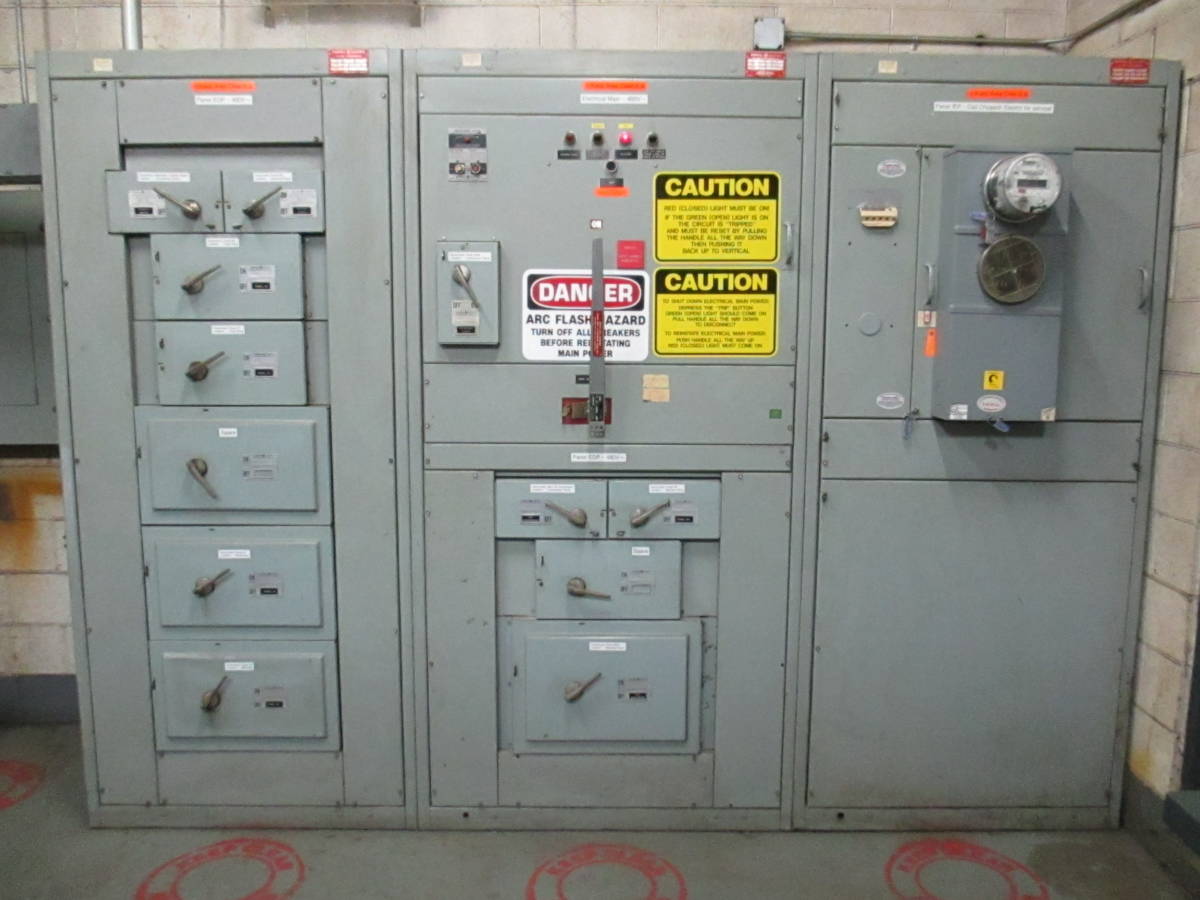
Working with energized machines makes arc flash a constant concern on any project. Due to this, mitigation standards have been implemented into construction workplaces through Occupational Safety & Health Administration (OSHA) standards and the National Fire Protection Association. Recently NFPA came out with these key steps to keeping the workplace safe from arc flash:
- Create an Electrical Safe Practice Policy
- Conduct electrical study and determine each projects arc flash hazards. Label equipment.
- PPEs in overabundance (Personal Protective Equipment)
- Constant Safety Training
- Develop maintenance system of electrical distribution system components.
But to prevent this, you must understand what an arc flash is:
What Is Arc Flash?
An arc flash is the light and heat produced from an electric arc supplied with sufficient electrical energy to cause substantial damage, harm, fire, or injury. Electrical arcs experience negative incremental resistance, which causes the electrical resistance to decrease as the arc temperature increases.
How Do We Mitigate Arc Flash?
Reducing the likelihood of arc flash is paramount. Creating and integrating a safety by design plan is the best option for reducing or eliminating arc flash in the workplace.
Here are some tips for making your workplace safe from arc flash:
- Rated PPC Fabrics: 25/Cal, 40 Cal/ and 100/Cal PPEs should always be on site.
- Have the current circuit breakers installed: these are your first line of stoppage in an arc flash situation
- Have an Over-Current Protective Device (OCPD) Study
- Be sure your switchgear and switchboards meet current standards.
- Have infrared viewing windows to reduce man to machine interaction
- Install a temperature monitoring system.
These are just a few ways you can improve the safety of your project site and protect the client’s facility for years to come. Contact CriticalCxE today to learn more.


